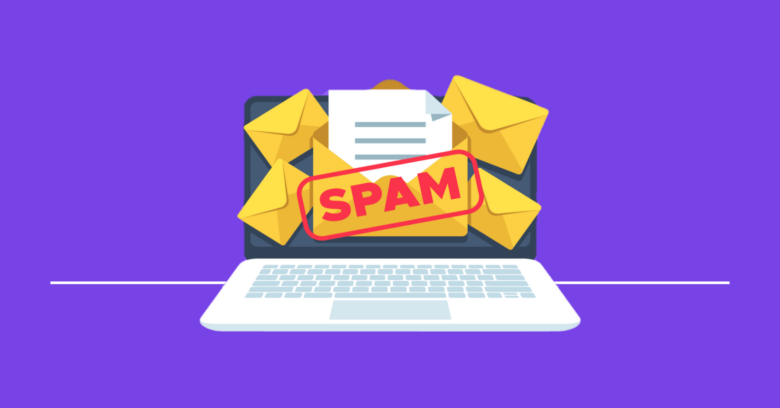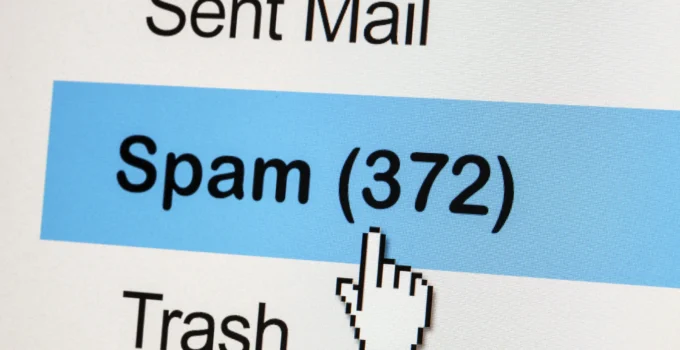Spending countless hours in front of your laptop writing emails for your marketing campaign is a time well spent. Even though many believe this method is somewhat obscure, we can see this is not completely true. Instead, we are talking about quite a useful tool that can help you reach out to thousands of people. Not to mention that the most loyal followers of your brand will subscribe to receive your email campaign.
But we can all agree that finding out about your emails ending up in spam is disappointing. Think about it: you spend countless hours writing exceptional content only to end up in someone’s trash or spam. Not only are the chances of a potential customer opening them slim, but it is also much more likely they will never be opened. Many are unaware of the reason behind this happening, which is quite an important thing to do.
Your emails will go through several stages or filters before they are noticed. Therefore, nobody should be surprised why meeting requirements is an absolute must in this case. For it not to go to waste, you need to be high alert, which amounts to being aware of all the requirements. Today, we want to talk about just that. We will discuss how email spam tests impact your campaign and why this happens.
Can Spam Emails Affect Your Campaign?

Every marketer will tell you about just how useful email marketing is. Several studies confirm this to be one of the most useful tools you can access today. At the same time, you will see many examples of those who don’t get the best possible results, regardless of how much effort they put into it. We’ve already mentioned this happens because the emails don’t go through the proper channels and reach customers.
The biggest problem in this regard is those you send are considered spam. There are many reasons why this may be the case. But when you see just how impactful it can be on your campaign, you should consider this. In one case, a marketer saw that more than 20% of those he sent were spam. So, you can see just how many missed opportunities this means, and money is wasted.
Can You Test it?
When you know just how big of a problem this can be, the next question is to start asking yourself whether you can test these before they are sent. Thankfully, this is possible. But before you do that, it is imperative to understand different inbox providers will use different filters.
If you look at Google’s research, all its users combined receive up to ten million malicious or spam emails every minute. We cannot comprehend how massive that is. But when you see the number, it indicates that many companies don’t pay attention to this element, which is a massive mistake. If you want to test them, be sure to check here.
Why Does Your Spam End in Spam?

Source: fluentcrm.com
Now, we want to take a look at several reasons why your emails might end up in someone’s spam.
1. Unauthenticated Email
The commonest problem you will encounter in this regard is an unauthenticated email. But this doesn’t mean to be entirely bad. For instance, your phishers and spammers can want to act like your brand. However, their emails are not being unauthenticated, and the chances of their emails ending up in your inbox are rather simple. Instead, they will end up in spam. They belong there, don’t you agree?
Fortunately, you can authenticate your email and prevent this from happening to you. There are several ways you can do that. The first is to see if your SPF is short for Sender Policy Framework. It means you will set up a public list of sending IPs approved by your domain’s email. Naturally, doing so requires meeting the requirements. If you are unaware of how to achieve that, we advise you to seek consultation with a professional.
2. Triggering Spam Filters

Source: automational.com
Many email service providers consider certain words as a trigger for spam. Sometimes, service providers consider terms such as buy now, free, or limited offer as spam. But when you think about that, you will see their words are almost essential for a successful campaign, right? How can we avoid that? The reason lies in not using them too much. Filling your email with them will trigger a spam filter.
So, you can see that including some of them will not harm your marketing campaign. But it would be best to be extremely careful not to overdo it. Just think about how many times you saw marketers doing so. There are countless examples of this happening. Even more interesting is that many companies still practice it even though it is widely known that this will not benefit them. It’s quite the contrary, it will harm them.
3. IP has a Bad Reputation
Lastly, there is one issue that many companies or marketers don’t consider often. We are talking about IP having a low or bad reputation. We can draw a parallel between IPs and humans in this regard. Would you do business with someone who doesn’t have a squeaky-clean reputation? You will not. The same is true with IPs. What makes your IP not reputable? The reason is simple: it has a long record of spam complaints.
Another thing worth considering is using a shared IP when sending emails. The reputation will not depend solely on one of them. Instead, the reputability is shared. Therefore, you should be aware of potential problems that might arise from that fact. If, let’s say, partner IP has a low rep; then you can count on your delivery suffering. That is why you should be extremely careful about this.
The Bottom Line
If you want your customers to receive your emails in their inbox, not any other possibility, you need to know what you’re doing. Here, you can see how this can affect your marketing campaign and how you can prevent it from happening.




